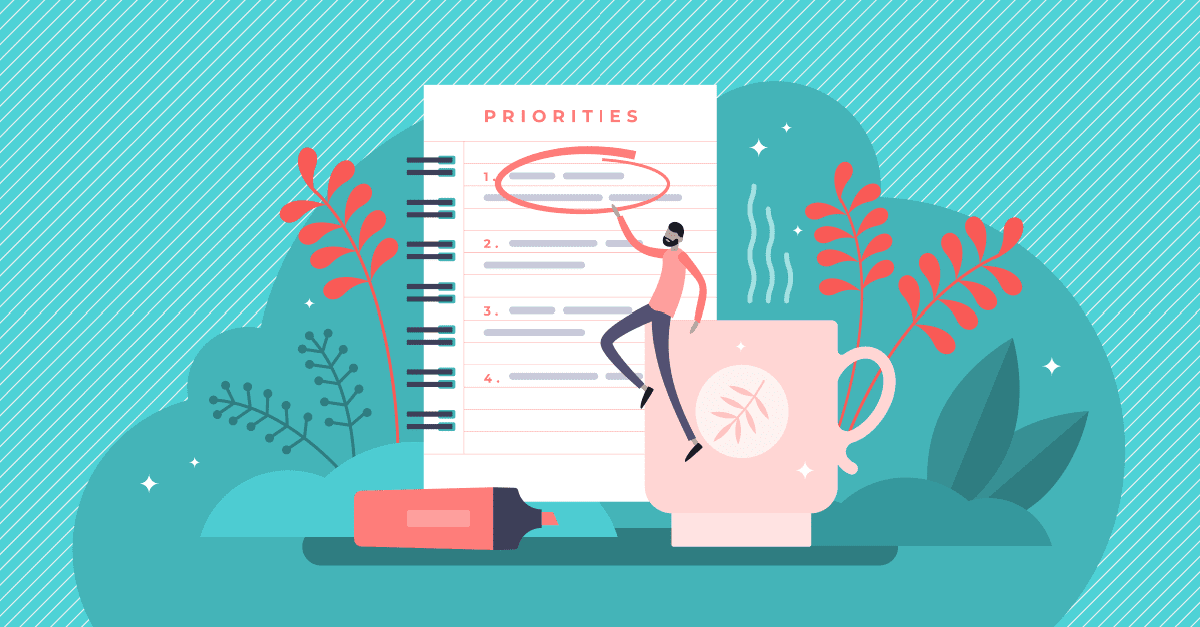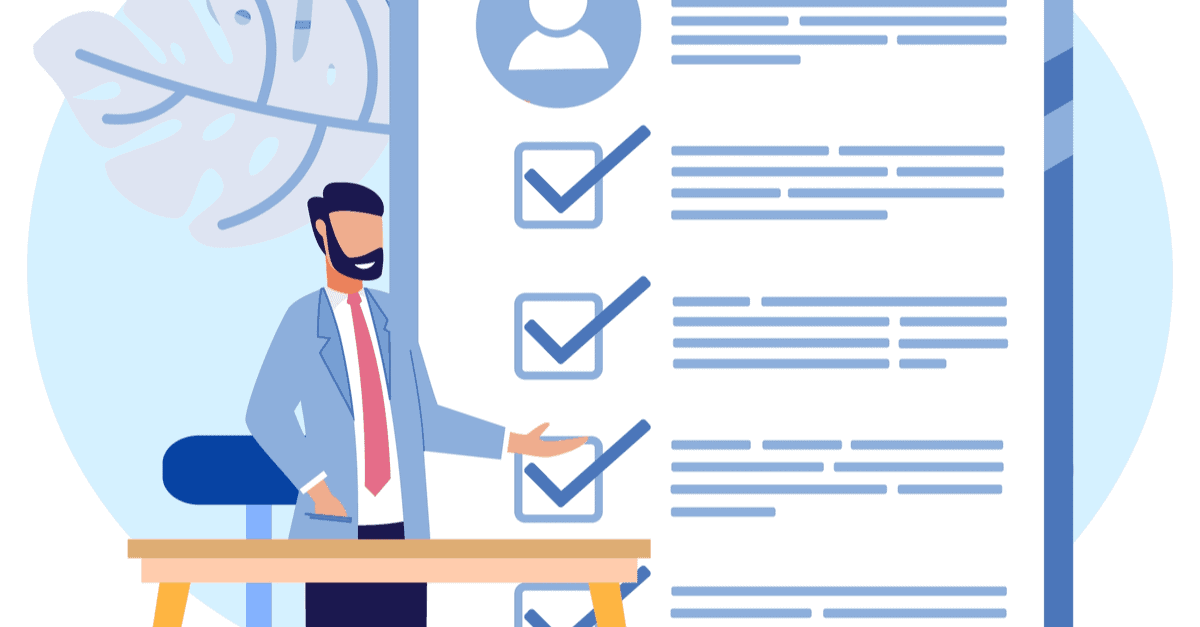
5 Follow Up Tips For When Your Prospect Delays The Buying Decision
Written By: Kelley Robertson
How To Follow Up When Your Prospect Is In A Holding Pattern
Although the buying decision may be a priority for you today, it can be pushed to the bottom of the list tomorrow when your contact has a more pressing issue to deal with. Invest time to create a “keep-in-touch” campaign to increase the opportunity of connecting with your prospect.
Mastering The Art of Effective Sales Follow-Up
It’s a known fact that salespeople who consistently follow up generate higher sales than their colleagues who don’t. However, mastering the art of effective sales follow-up is challenging.
We have all encountered prospects who expressed interest in our product, service, or offering. But after that initial conversation, that person has gone AWOL. We leave a few voicemail messages and send a couple of emails, but get no response.
We don’t want to be perceived as a pest so we give up and move on to other opportunities.
First, let’s examine why people don’t return your calls and emails.
They are simply too busy.
That’s right.
Decision makers are extremely busy; the average corporate executive has at least 40 hours of unfinished work on their desk at any given time, so they seldom respond to anything that isn’t urgent or important.
Five Strategies to Improve Your Follow Up Process
Here are five strategies you can use to improve your follow-up process and increase the likelihood of reconnecting with your prospect.
Deal with the right person.
First and foremost, you must deal with the right person. That means talking to the key person(s) who are responsible for making that buying decision.
If you are discussing the purchase with anyone other than the person who controls the budget or who owns that buying decision, you are wasting your time.
Pre-arrange the follow-up.
One powerful strategy is to pre-arrange the follow-up during every conversation.
During an initial call you need to establish a day and time for a subsequent conversation. You can do this simply by saying, “It seems like we need to talk again. Does next Tuesday morning at 9:15 work for you?” Pinpointing a specific day and time is critical but most salespeople say something like, “I’ll call you next Tuesday.”
This approach leaves the door open and forces the other person to actually look at their calendar and consider your request.
Once you nail down a day and time, tell them that you will send them an invite and then send it immediately after your call.
When you call at the determined time, you may get their voicemail, so hang up and call back in 2-3 minutes. If you still get their voicemail, leave a message: “Mr. Jones, Kelley Robertson calling as promised. I suspect you got called away so I’ll give you a shout at 11:45.”
In many cases, the other person will either return your call shortly or they will be at their desk the second time you call.
Develop a plan.
You can’t simply keep calling a prospect and say, “Hi, it’s Kelley following up to see if you have made a decision yet.” That approach will get you nowhere…FAST!
The key is to find ways to keep your name on your prospect’s radar. Here’s why…
Many buying decisions go into a holding pattern while your contact deals with internal politics, approval processes, and other projects on their plates. Although the buying decision may be a priority today, it can be pushed to the bottom of the list tomorrow when your contact has a more pressing issue to deal with.
That means you need a well thought out plan of attack. Invest time to create a “keep-in-touch” campaign. Use a range of approaches and methods and you will increase the opportunity of connecting with your prospect.
Use a variety of methods.
You can’t rely only on email or telephone to connect with busy prospects. You need to use a variety of tactics and methods, including texting and sending direct messages from social media platforms like LinkedIn, Twitter, and even Facebook.
Snail mail and courier are two methods that are underused in today’s technology-driven world and you can often connect with high-value prospects at industry conferences or networking events.
Become a resource for that person.
For example, if you know that your prospect struggles with employee turnover, look for information that addresses this issue. You don’t have to be the expert; in fact, you will earn even more credibility if you aren’t, because this demonstrates that you are in touch with their business challenges.
If you’re going to call, make sure that each message adds some type of value…avoid the approach I mentioned a few paragraphs ago.
How much is too much?
One of the most frequently asked questions I get when discussing follow-up strategies with clients and salespeople is, “How much is too much?” or “How many calls should I make?”
There is no clear or definitive answer; however, here is my guiding rule:
The larger the sales opportunity, the more follow up calls or contact points you need to make and you have to determine what a high-value sales opportunity is for your particular business.
In my own sales training business, I will seldom try to reconnect with a prospect more than once or twice if the value of the sale is less than $500. However, I will make several attempts at closing sales that are worth several thousand dollars and I will be relentless in my follow up for a sales opportunity that has the potential to generate a five figure result.
Great follow up requires thought, effort, and energy. However, the more consistent and effective you are at executing this, the more you will increase your sales.
In Sales EQ, Jeb Blount takes you on an unprecedented journey into the behaviors, techniques, and secrets of the highest earning salespeople in every industry and field and teaches you how to become an Ultra-High Performer. Download your FREE chapters of Sales EQ here.
About the author
Kelley Robertson
As President of The Robertson Training Group, Kelley has helped thousands of sales professionals…
Get FREE Sales Training Delivered to Your Inbox
Join more than 360,000 professionals who get our weekly newsletter.
Related Articles

Learn Online
Self-paced courses from the
world's top sales experts

Virtual Training
Live, interactive instruction in small
groups with master trainers

Coaching
One-to-one personalized coaching
focused on your unique situation






